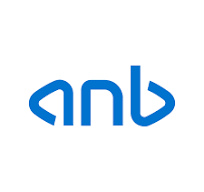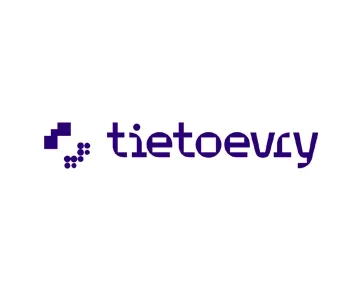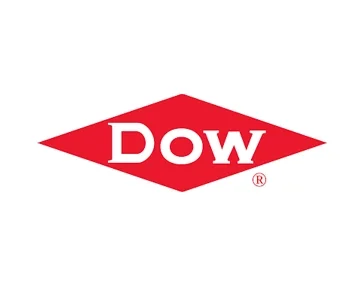Customer Videos
Learn How Riverbed Empowers the Digital Experience of Organizations Worldwide

Entdecken Sie weitere Kunden Referenzen
Eine Auswahl unserer globalen Kunden Referenzen aus verschiedenen Branchen
Filter
CLEAR FILTERS
Join Our AI Leaders Learn More About Our AI AwardsCelebrating the Future of AI Innovation by Recognizing Our Most Forward-thinking Customers

















